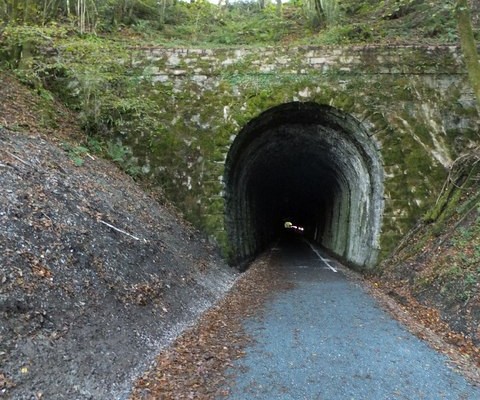Interesting information
From the edge of Plymouth, you plunge straight into glorious oak woodland before emerging out into open countryside. The trail leads you past dramatic industrial remains, including towering quarry faces, and across breathtaking viaducts. You’ll get the chance for close-up views of nesting wild peregrines (in season) and a taste of invigorating moorland fresh air all year round.
The disused Plym Halt station is where day-trippers in the 1950s would catch a train from the city for a day out in the Plym Valley. It was known as the Woolworth’s Special because it cost just sixpence!
The Trail passes over four massive viaducts, pausing to look down onto the surrounding woodland and countryside. At Cann Viaduct if you’re visiting in spring and early summer, stop off at the peregrine viewing platform for fantastic close-ups (through mounted telescopes) of these majestic birds of prey. If you’re lucky, you might see them tending the chicks at their quarry cliff-ledge nest
Look out for the remains of Plymbridge’s industrial past such as the shells of old quarry workers cottages. Slate was quarried here during the 19th century and a series of tram and railway lines were built to transport heavy loads down into the city and port. Coppiced oaks have started to reclaim the Victorian industrial remains. They provide a tranquil haven for local wildlife. Spot bluebells, foxglove and primrose in spring.
Flowing down from Dartmoor, the River Plym can really grow in size after rain upstream, turning from a placid, slow trickle to a gushing torrent. There are many species of dragon and damselflies living around the river, as well as around the ponds and canal. You may also see bees and butterflies, and catch a glimpse of fallow deer or foxes in quiet spots.





